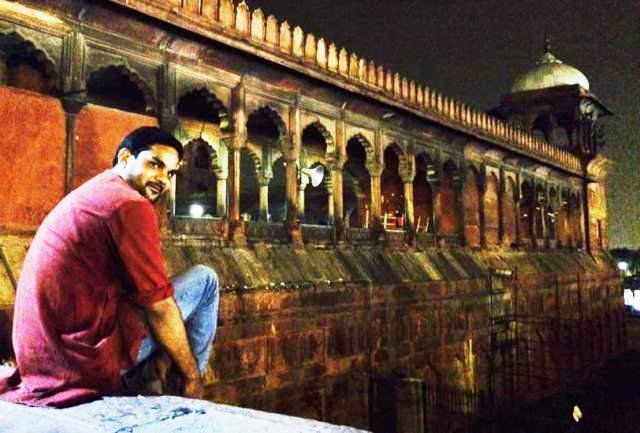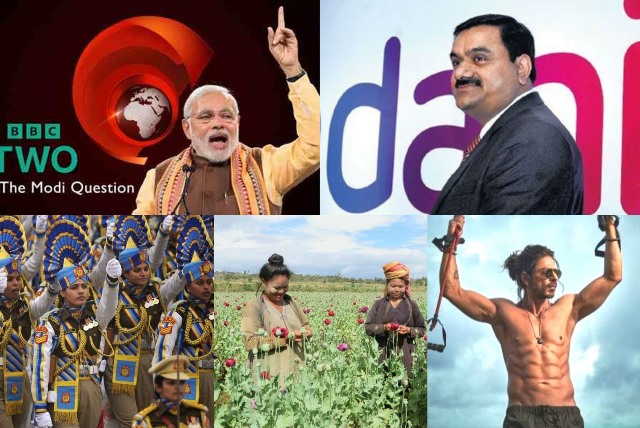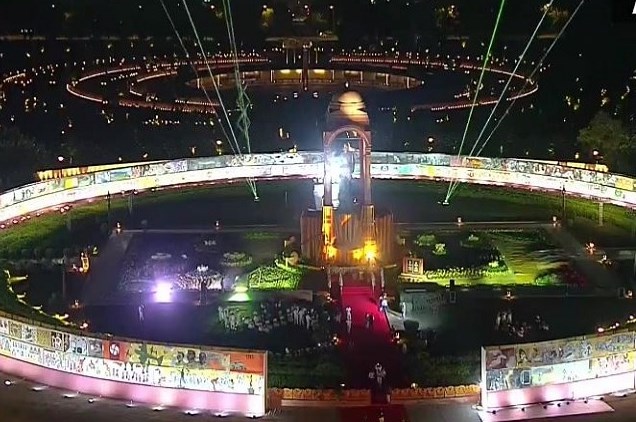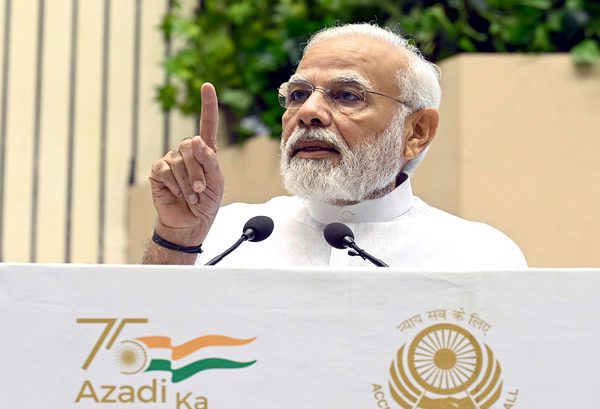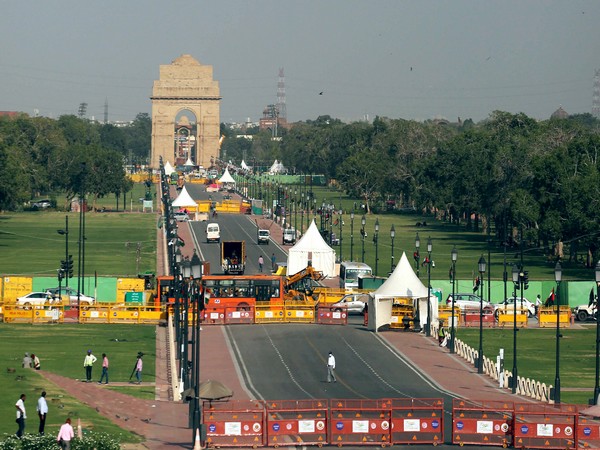Why banning media doesn’t usually work
Early last week, BBC aired the second part of the documentary, India: The Modi Question, in Britain. The Indian government has banned the series and social media and streaming platforms have complied with the government’s order. Yet, many have resorted to other means of downloading the series and distributing it for viewing.
While the first episode focused mainly on the 2002 riots in Gujarat and its aftermath, the second and final episode looks mainly at the “religious turmoil” that has ensued in the years after the Modi regime began. The report is comprehensive and also includes views of the police, the government and other authorities. It focuses on the eruption of lynchings related to cow slaughter and on the controversial Citizenship (Amendment) Act, 2019.
As expected, the documentary and the government action that has followed have led to political ripples. In Kerala, the Congress has screened the documentary in Thiruvananthapuram and although the Congress is in the Opposition in that state, the ruling CPM government has opposed the central government’s ban on the documentary.
It is a common trend that banning exercises such as this one is usually futile. In fact, often a ban on books, movies or other media can lead to heightened interest among the public and that has happened in the case of the BBC film as well. People have been sharing foreign site links where the documentary can be watched; and others have used virtual private networks (VPNs) to bypass the geographic ban. The Congress leader Rahul Gandhi commented: “Truth shines bright. It has a nasty habit of coming out. So no amount of banning, oppression and frightening people is going to stop the truth from coming out.”
To be sure, the documentary makes no big or unforeseen revelations. Much of what has been depicted–whether it is related to the riots or to the references about how Muslims in India have been feeling insecure in the past few years–is already in the public domain. In that context, the government’s decision to ban it could seem hasty and not well thought through. Instead of a ban, an official statement condemning it or rebutting the points that irk the Modi regime could have sufficed. Such a response could also be better for the image of the government, depicting it as a supporter of free speech rather than an authoritarian regime that does not tolerate any form of criticism.
Adani group in the centre of a controversy
An American short-seller activist fund and investment research group has accused the Adani Group (revenues in 2022: $23.3 billion), a conglomerate that is headed by Gautam Adani with interests in infrastructure of what it has called the “biggest con in corporate history”. Hindenburg Research’s report on the group has already wiped out billions of dollars in market capitalisation of the listed stocks of the group. Adani is the world’s third richest man and Asia’s richest. He is also believed to be close to Prime Minister Narendra Modi.
The Hindenburg report accuses the group of widespread manipulation of stocks through undisclosed transactions by using entities in offshore tax havens such as Mauritius and the Caribbean islands. These transactions are believed to have hidden the substantial debt that the group has making it financially “precarious”, according to Hindenburg Research.
Adani Group has refuted the allegations and says that it intends to sue the research firm, which is an investment research firm with a focus on activist short-selling, founded by Nathan Anderson. Adani group says the report is malicious and was intended to sabotage the group’s follow-up public offer. But although banks were worried about the $2.5 billion share sale following the crash in the group’s share values, the group itself said the issue remains on schedule.
Manipulation of stocks via offshore entities that are indirectly linked to promoters is not uncommon in India. There have been many instances by big industrial houses that have resorted to the practice, which is inherently illegal. The charges against the Adani group are likely to be contested in court but the fact remains that the group, whose meteoric rise has been impressive, will be impacted by the taint on its reputation.
Many firsts for India on Republic Day
India celebrated its 74th Republic Day with the customary parade in New Delhi. This year’s chief guest was Egyptian President Abdel Fattah El-Sisi. But there were many new highlights of the celebration this year.
It was the first time that the renamed and revamped Kartavya Path (previously known as Raj Path) was the venue of the celebrations, which were flagged off by President Droupadi Murmu. One of the highlights of this year’s parade was an all-woman marching contingent of the Central Reserve Police, and the representation of several women in many of the other contingents. The Navy contingent, for instance, was led by a woman officer.
Also, in the spirit of self-reliance, the emphasis was on showcasing Indian-made defence equipment such as Arjun tanks and the Akash missile system. The Prime Minister, in a message to the people, said: “I wish that we move forward unitedly to fulfill the dreams of the country’s great freedom fighters. Happy Republic Day to all fellow Indians!”
In all, there were 23 tableaux, representing states, union territories, and government institutions, which depicted Indian culture, heritage, and progress. India’s Republic Day celebration is a grand annual event that aims to demonstrate the country’s development, tradition, and, of course, military prowess. This year, it also celebrated the ascension of women in the armed forces and related organisations.
Opium production in Myanmar is on a high
As it had happened in Afghanistan, with Myanmar’s economy under severe pressure, after the military rule began in the country in 2021, opium production has soared. According to reports by a United Nations’ body, there was a 33% increase in poppy cultivation in Myanmar and an 88% increase in potential opium yield. Opium is used to make heroin, the highly addictive drug, and a surge in its output near the eastern borders of India should be cause for concern.
BBC quoted Jeremy Douglas, the regional representative of the UN Office on Drugs and Crime (UNODC) as saying: “Economic, security and governance disruptions that followed the military takeover of February 2021 have converged, and farmers in remote, often conflict-prone areas in northern Shan and border states, have had little option but to move back to opium.”
What does this mean for India? India shares a 1,643-km long border with Myanmar that passes through four States: Arunachal Pradesh, Nagaland, Manipur and Mizoram. Opium or its highly addictive derivative heroin could find its way across the borders to India and become a conduit to the global market for the drug.
This should raise an alarm for Indian authorities to pre-empt and tighten controls against drug smuggling into the country.
Pathaan, the movie, breaks records
In December, Pathaan, a Bollywood movie starring Shah Rukh Khan and Deepika Padukone was embroiled in a controversy over a song, Besharam Rang. The visuals accompanying the song showed Padukone in a bikini coloured orange (which is close to saffron). According to Hindu mythology, saffron is the colour of sunset and fire, which represent sacrifice, light, and quest of salvation. The colour is usually used (as in robes for sadhus and in flags) to symbolise devotion to the religion.
The film and the song (whose title can be translated as “shameless colour”) led to protests by Hindu activists and also created political ripples in a country where a Hindu nationalist party is in power.
The film, however, has turned out to be a blockbuster. When it was released on January 25, a day before Republic Day, in a single day it netted ₹57 crore at the box office. In addition, it also created a record worldwide, earning ₹106 crore globally. Pathaan is billed as a comeback movie for Khan who is 57. And its record box office revenues already show that despite any controversy, movie mania in India goes on unabated.
Read more: http://13.232.95.176/

